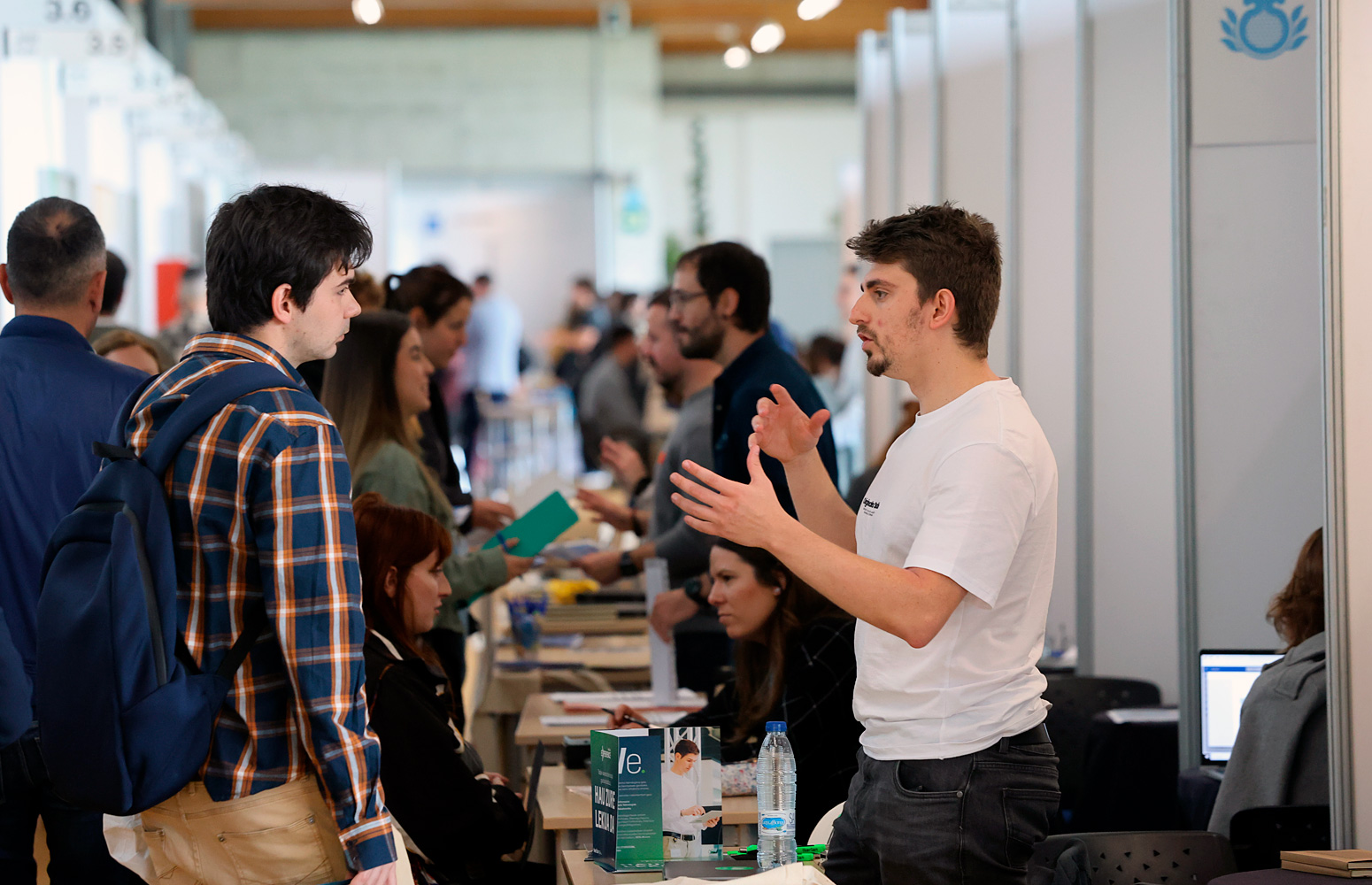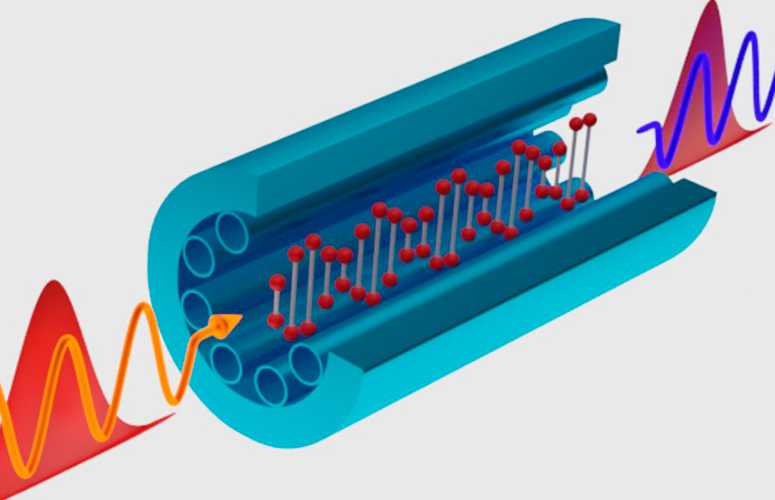We are currently experiencing a second quantum revolution in which quantum mechanics is moving away from being a laboratory curiosity to become a real-world tool. This is borne out by the development of sophisticated quantum information networks. To go on making progress in this field, it is of the utmost importance to have technologies based on the manipulation of light and which are able to address today’s challenges, solutions for which have so far been elusive. A case in point is quantum frequency conversion and the long-distance transport of single photons and pairs of entangled photons.
-

Azukrea eta edulkoratzaileak. Zer jakin behar dut?
-
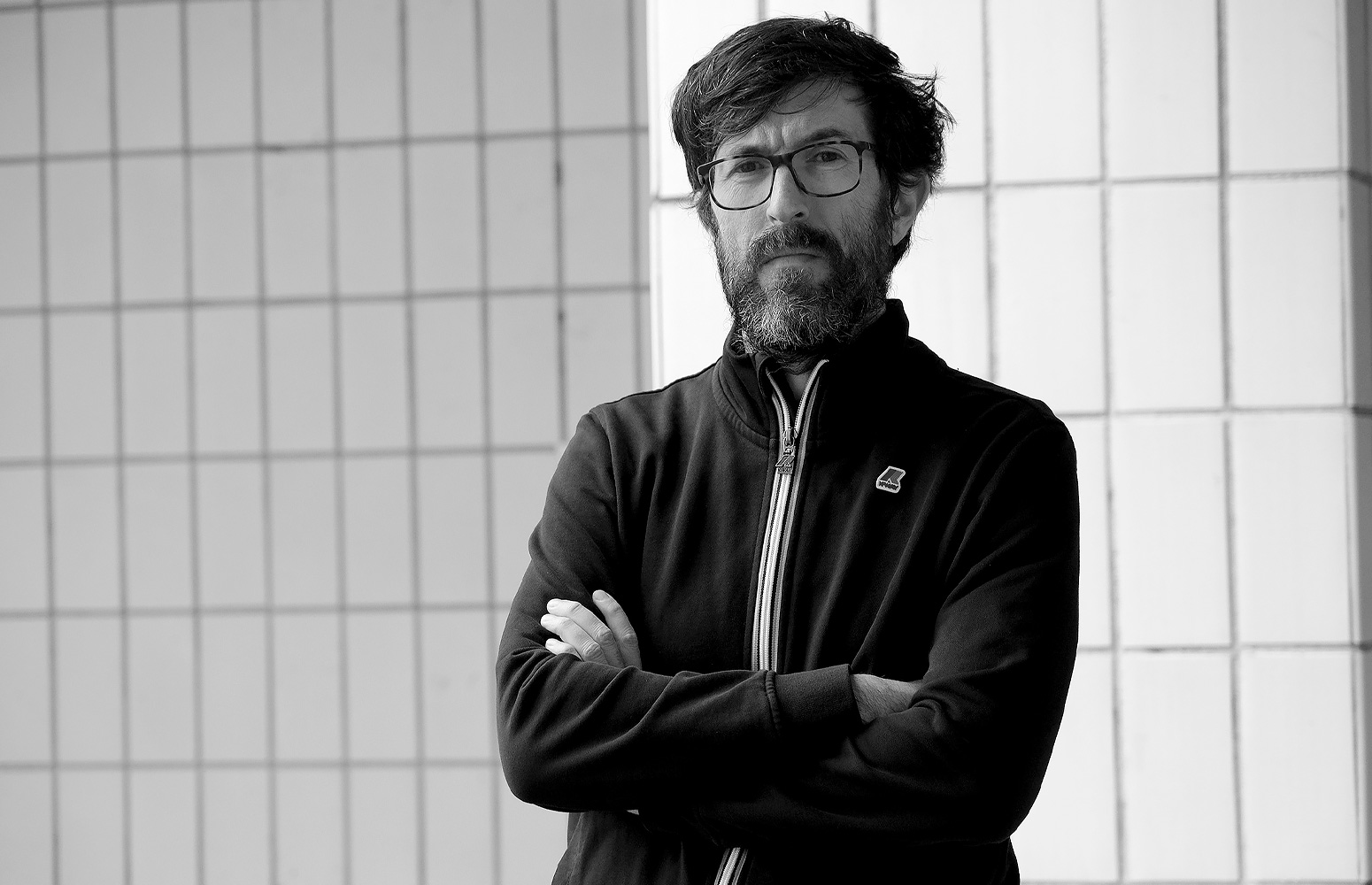
Athletic zuri ta gorria, zu zara nagusia, baina zertan? Gizonezko futbol profesionalaren gaitasun (im)mobilizatzaileari buruzko hausnarketa soziologikoa
-

Unibertsitateko elikadura ingurune osasungarriago baten bila
-
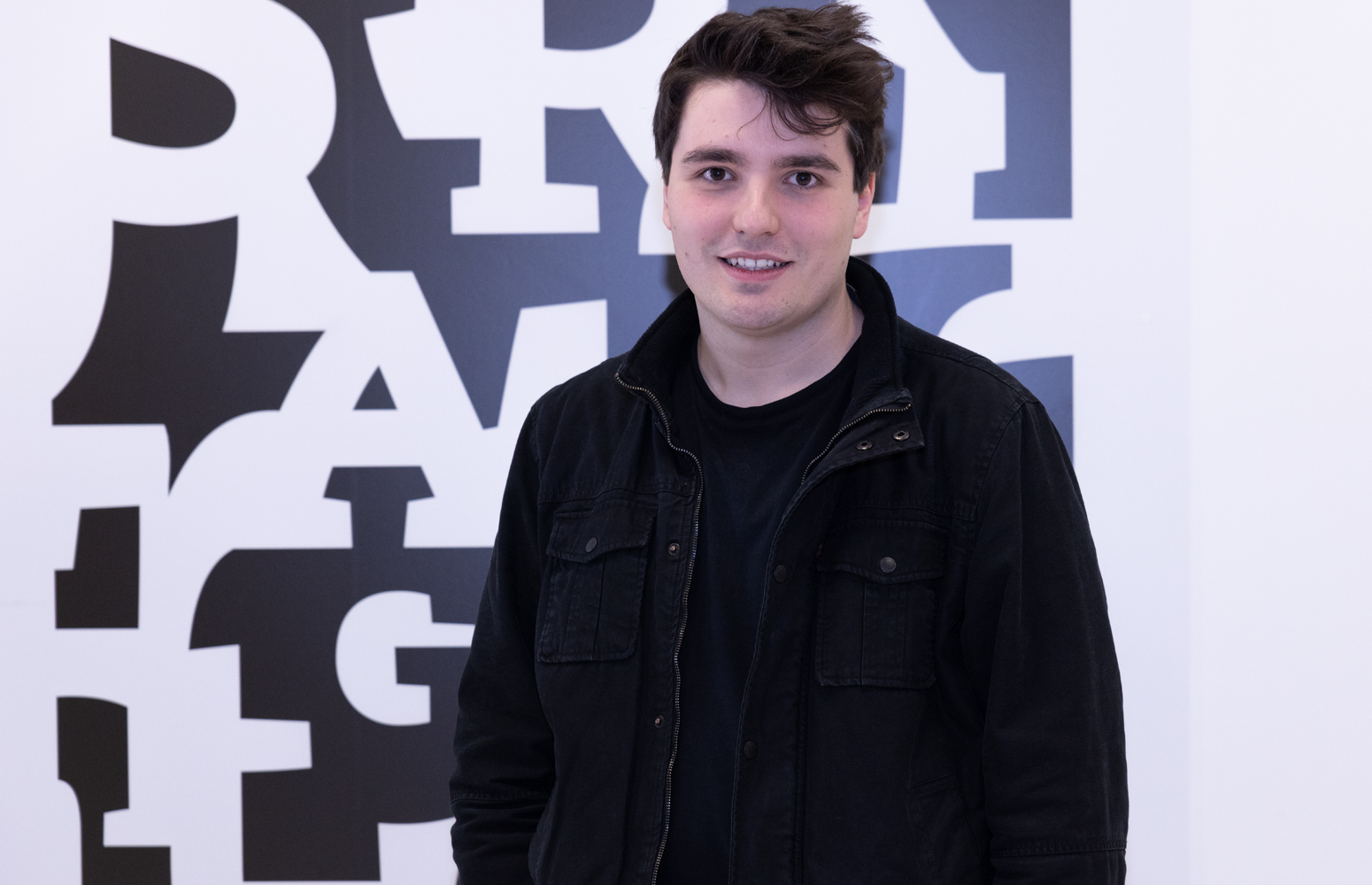
Iñigo Ugedo Vicario: «Modu aktiboan parte hartuko dugu unibertsitateko aldaketa prozesuetan»
-
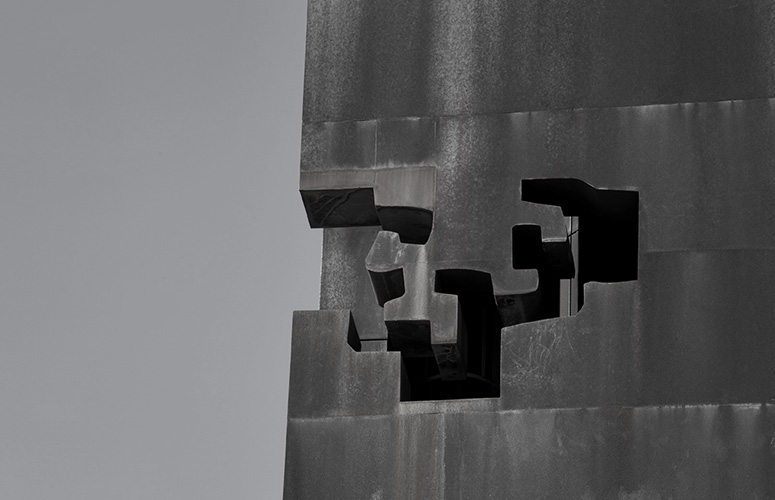
UPV/EHUko Gobernu Kontseiluak “Palestina laguntzeko manifestua Gazako hondamendi humanitarioaren aurrean” izeneko adierazpena onartu du
"Pipeline for light" revolutionising quantum technologies
David Novoa, an Ikerbasque Research Fellow at the UPV/EHU-University of the Basque Country, has led research involving the application of cutting-edge technology, such as anti-resonant optical fibres, to improve a critical process in light-related quantum technologies.
- Research
First publication date: 06/05/2022
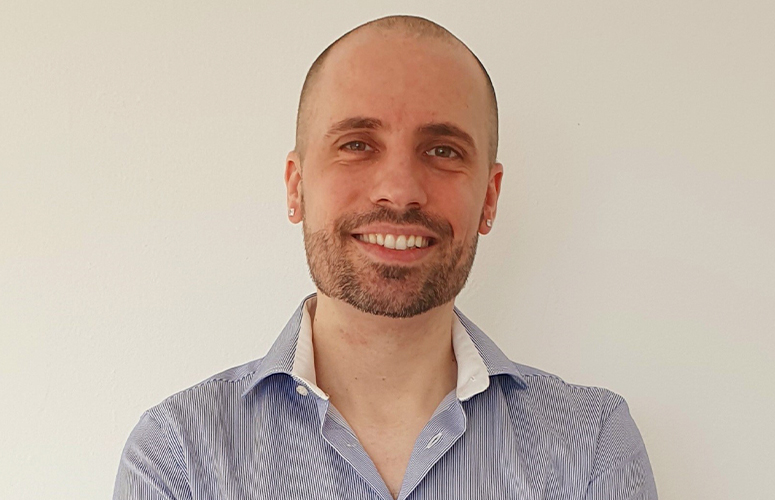
Research led by David Novoa, an Ikerbasque Research Fellow at the UPV/EHU and published in the prestigious journal Science, unveils a new type of micro-structured optical fibre that, unlike conventional fibres that bring the internet to our homes, guides light through a hollow channel with extremely low attenuation. These types of optical fibres, which are like "pipelines for light", are unique in that their optical properties can be reconfigured when filled with gas at various pressures. This turns them into highly versatile platforms capable of operating in an unprecedented spectral range, from the ultraviolet to the infrared.
In this research the fibre has been filled with hydrogen (gas), as it is the lightest molecule in nature and therefore has the highest fundamental frequency of vibration. By means of what is known as the stimulated Raman effect, the molecules in the gas nucleus can be optimally excited so that they oscillate synchronously in a very precise manner. As David Novoa pointed out, "it is in this molecular choreography that the beauty of our system lies: quantum light sources (photons) are able, under certain circumstances, to extract vibrational energy from these oscillating molecules to increase their own energy and thus change frequency (colour)".
This work demonstrates the application of a state-of-the-art technology, which is what these anti-resonant optical fibres are; the aim is to improve a critical process in light-related quantum technologies, such as quantum frequency conversion. Complex systems, such as quantum networks, comprise various sub-systems the optimal operating frequency of which seldom coincides. This is why a technique capable of converting optical frequencies at the quantum level into a broad spectrum without affecting the properties of the original light sources would be extremely useful.
This research is the outcome of international collaboration involving the Max-Planck Institute for the Science of Light and the Friedrich-Alexander Universität in Germany.
Further information
David Novoa is an Ikerbasque Research Fellow at the UPV/EHU. He gained a PhD in Physics (2011) at the University of Vigo, and has spent time at the Pulsed Laser Centre in Salamanca, the Max-Planck Institute for Quantum Optics (Garching, Germany) and the Max-Planck Institute for the Science of Light (Erlangen, Germany). At the latter Max-Planck institute he secured a prestigious position as W2 Research Professor in 2017 and led his own research group in Professor Philip Russell's division.
He is an internationally recognised expert in micro-structured optical fibres and their applications. The results of his research have been published in leading scientific journals, such as Science, Nature Photonics, Nature Communications and Physical Review Letters.
Bibliographic reference
- “Tunable and state-preserving frequency conversion of single photons in hydrogen”
- Science, in press (2022
- DOI: DOI: 10.1126/science.abn1434


